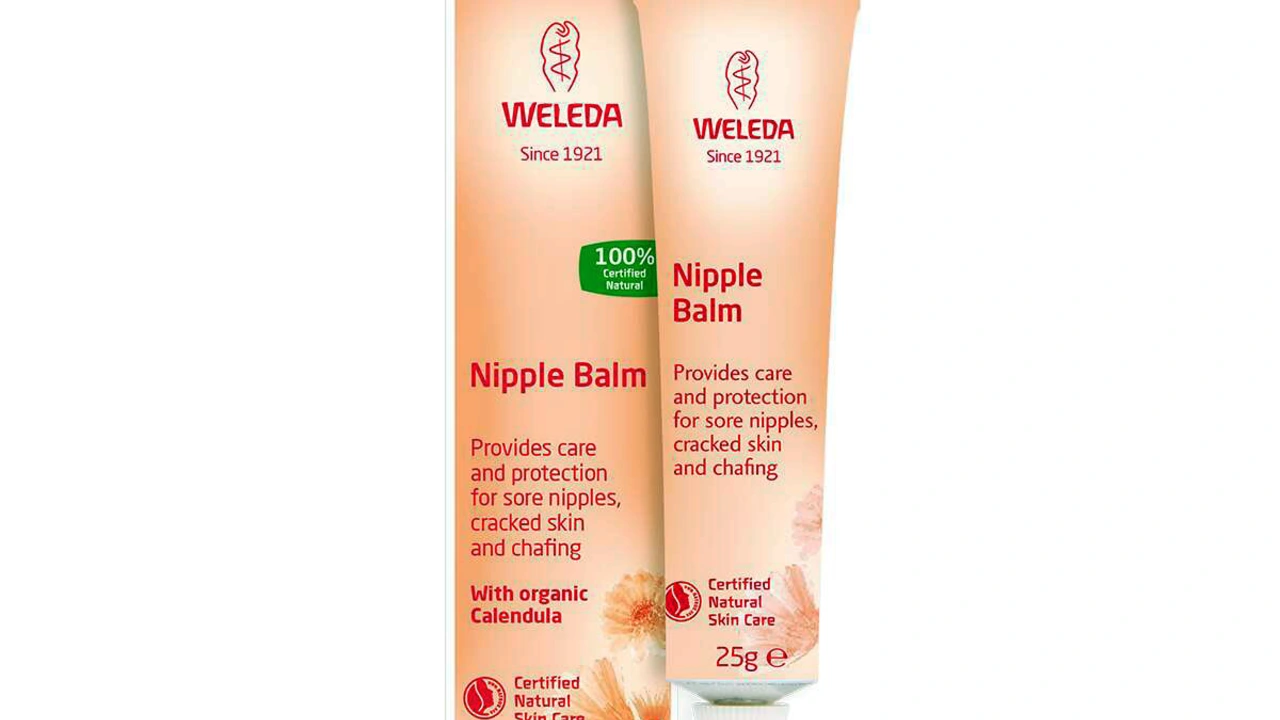Skin Chafe Relief – Simple Steps to Soothe and Prevent Friction Rash
Got a painful rub on your thigh, under your bra, or on your runner’s knee? That’s skin chafe, a common irritation caused by friction, moisture, and heat. It can turn a quick walk into an uncomfortable ordeal, but the good news is you can stop it fast and keep it from coming back.
First, clean the area with mild soap and cool water. Pat it dry—don’t rub—because rubbing can worsen the damage. A gentle cleanse removes sweat and bacteria that feed irritation.
Immediate Relief: What to Do Right Now
Apply a thin layer of a soothing balm or ointment. Look for products with zinc oxide, petroleum jelly, or aloe. These create a protective barrier that reduces friction and lets the skin heal. If you don’t have a specialized balm, a dab of plain petroleum jelly works just as well.
Let the skin breathe after you’ve applied the barrier. Tight clothes keep rubbing against the wound, so switch to loose, breathable fabrics like cotton or moisture‑wicking athletic wear. If you need to move right away, a soft, non‑stick dressing can keep the area covered without sticking.
Preventing Future Chafes
Identify the hotspot. Common places are inner thighs, underarms, nipples, and the groin. Once you know where you’re most prone to chafing, you can pre‑empt it with powder or anti‑chafe sticks before activity.
Stay dry. Sweat is a major trigger, so use an antiperspirant or a talc‑free powder on problem zones. During long runs or bike rides, change out of wet clothes as soon as you can. A quick shower and fresh dry shorts can stop a mild rash from becoming severe.
Choose the right gear. Seamless underwear, padded bike shorts, or sports bras designed for high‑impact activities cut down on rubbing. If you’re hiking, consider gaiters or leg sleeves that shield the skin from brush and debris.
Hydration helps your skin stay elastic, making it less likely to crack under friction. Aim for at least eight glasses of water a day, especially when you know you’ll be sweating.
When a chafe won’t heal after a few days, shows signs of infection (red streaks, pus, or fever), or is extremely painful, see a healthcare professional. They might prescribe a topical antibiotic or recommend a specific treatment plan.
Bottom line: clean, protect, stay dry, and wear the right clothes. These easy steps put you back in control and keep skin chafe from ruining your day. Got a favorite anti‑chafe product? Share it with us and help others find relief faster.

